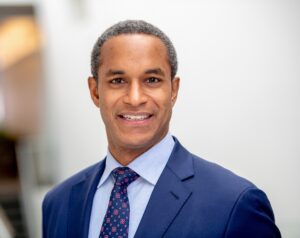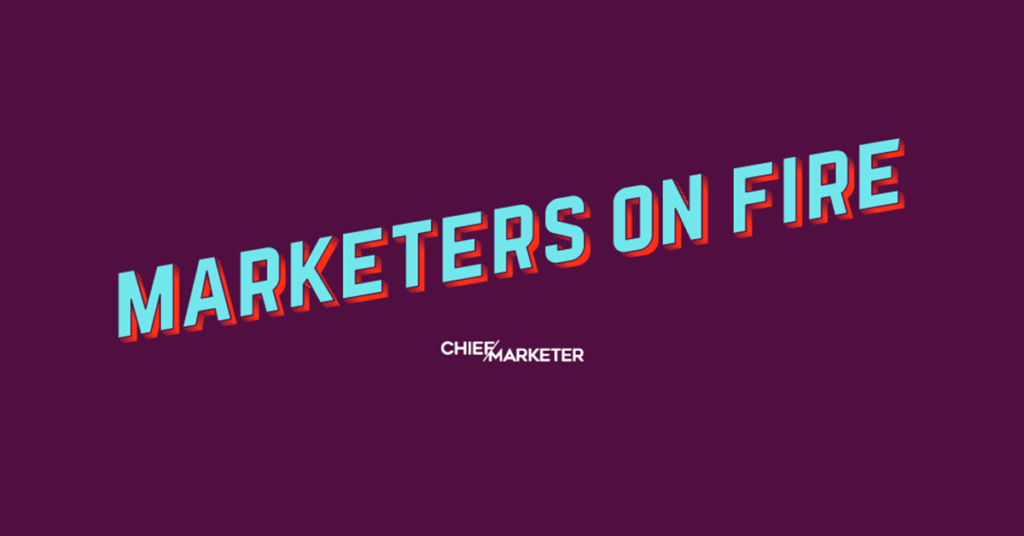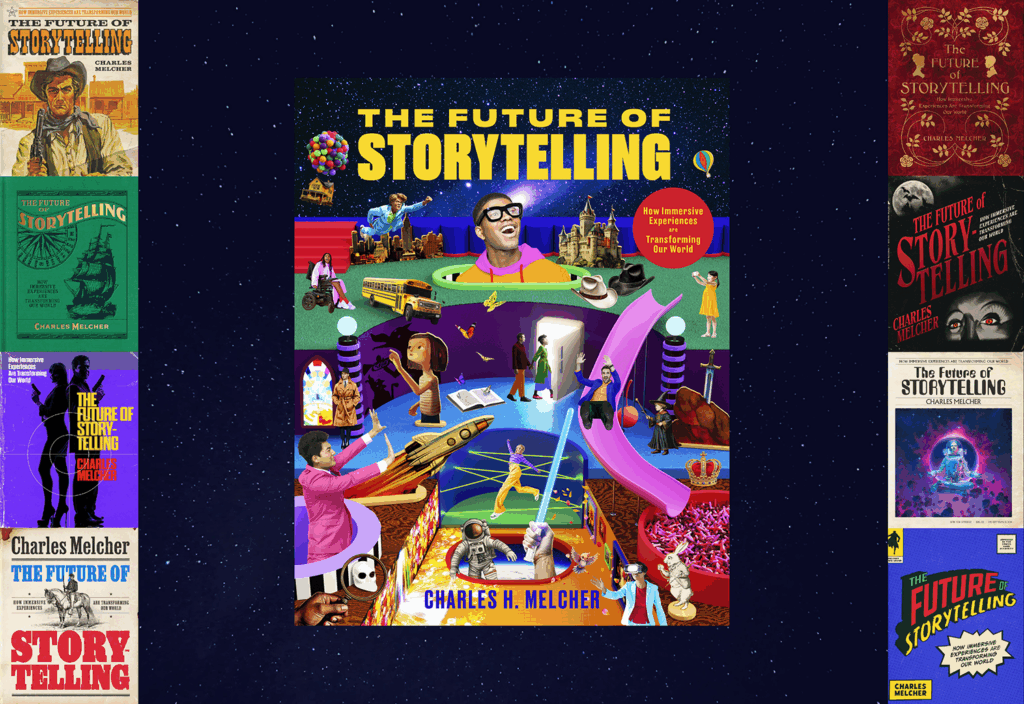MetLife’s annual Employee Benefit Trends Study, now in its 21st year, is a thought leadership piece initially designed to demonstrate the brand’s expertise in the benefits product space through providing observations, trends and key research. But in the last couple of years, the conversation has shifted more toward the future of work and how benefits contribute to the employee value proposition over time.
This new perspective requires a broader approach to marketing the report’s insights, according to MetLife Global CMO Michael Roberts. “Our view of EBTS as a thought leadership piece has evolved as the world of work has evolved,” he said. “Now we think about it in a much more holistic way than we did in the beginning.”
That expansion of scope is a function of an evolving buyer journey and shifts in audience targeting, Roberts explained. “While a lot of thought leadership of a decade or two ago was focused on a very narrow audience or a buyer persona, the complexities of purchasing in the B2B space have increased. It’s no longer individuals buying, as people looked at thought leadership years ago, but it’s buying groups—and the influences are coming from many different places in the organization.”
We spoke with Roberts about the marketing strategy behind the report and its insights; the evolution of the buyer journey; how previous roles at TIAA and Vanguard have informed his perspective at MetLife; and the marketing trends he thinks B2B2C companies should be watching.

Chief Marketer: How have the insights in the EBTS report evolved over the past few years, given that the way we live and work has changed significantly?
Michael Roberts, MetLife Global CMO: The report been around for a long time. In the early years, it was about demonstrating that we were a leader in the benefits product space and thinking about the landscape and employee needs. Through 2018 to 2021, we started to see how benefits were essential to navigating uncertain times and were becoming a more important part of the employee experience. Then as we got to the 2021/2022 timeframe, the conversations shifted to the future of work and how benefits fit into the future of work and the overall employee value proposition.
As we moved into last year and this year, the themes became more holistic and encompassing. Our view of EBTS as a thought leadership piece has evolved as the world of work has evolved. Now we think about it in a much more holistic way than we did in the beginning, partially due to [the fact that] the role benefits played in the employee experience was very different a long time ago, but also partially because benefits are inextricably linked to so many different parts of the employee experience. That’s been recognized and acknowledged by the interested parties in the research that we do.
CM: What’s the key takeaway from the report this year?
MR: In last year’s report we, we focused on how holistic health was a driver of both employer and employee outcomes. This year we took that same theme and expanded it to look at the entirety of the employee experience. So, while holistic health is still an important part of the equation for both driving employer and employee outcomes, we have to look at it in the context of the entire employee experience.
The report this year expanded the scope and looked at six aspects of the employee experience, intrinsic and extrinsic. The extrinsic aspects are compensation and pay, flexibility and work-life balance, and benefits and wellness programs, and the intrinsic ones are social and supportive cultures, purposeful work, and professional growth and development. We wanted to understand what was important to employees, and what was important for employers to focus on in order to maximize all aspects of the employee experience. The question we were asking: is there a hierarchy? Do people care more about one thing or another?
CM: Did anything surprise you?
MR: One of the most interesting things for me in the report was the insight around employee experience priorities. When asked, employees say compensation is the most important thing by far. But the stated priorities don’t match the derived priorities. We found that an employer must focus on all six areas of the employee experience and put a genuine effort in it in order to get the best results from the employees, for the employer outcomes as well as the employee outcomes.
It’s a little bit counterintuitive. There are lots of businesses that feel like if you just pay people, they’ll do what you want, and that’ll make them happy at work. But that’s not the case. What makes people happy at work is a balanced experience, and knowing that your employer is putting a genuine effort into making all parts of that experience work for you or me as an employee. For me, that was a really important insight, because that requires us to think differently about the holistic nature of the employee experience.
CM: You’ve held previous CMO and executive marketing roles at Bank of America, Vanguard, Citigroup and others. What insights from those gigs are you applying to your current position?
MR: I spent time at both TIAA and Vanguard, and at TIAA we were providing an employee benefit. Although different from the benefits we provide at MetLife, it was still dealing with employees. We provided a variety of retirement plans to the relevant institutions. And there, I learned a lot about the complexities of working with employee groups as part of companies, as well as being in a somewhat low-engagement category and trying to engage with the end user of the product and how challenging that would be.
That taught me a tremendous amount that is directly applicable. Healthcare, retirement and group benefits are all part of the same ecosystem, although they focus on very different aspects of what employees need. But the thing in common is that we’re trying to improve the lives of employees on behalf of the employer who’s working with us.
At Vanguard, we started to look at thought leadership that could help influence behavior. While I was there, we launched “How America Invests.” It was a spinoff of the “How America Saves” series, which also has a 20-plus-year lifespan at Vanguard and was very influential in driving and supporting ideas that were in the best interests of the end investor. That purpose-driven approach at Vanguard, that the teams took to the retirement business and that we started to take with “How America Invests” in the retail business, was an inspiration for me as I got to MetLife. With EBTS, in the future we think we have an opportunity to influence the perspective on the employee experience.
CM: B2B marketers, particularly within the industries you’re speaking of, often rely on thought leadership and content marketing do get their messages across. How are you marketing this kind of thing to both customers and the public?
MR: Our audiences have expanded over time, and I think that’s actually what has been happening with thought leadership over time. While a lot of thought leadership of a decade or two ago was focused on a very narrow audience or a buyer persona, the complexities of purchasing in the B2B space have increased. It’s no longer individuals buying, as people looked at thought leadership years ago, but it’s buying groups, and the influences are coming from many different places in the organization. So by the very nature of the complexity of the buying stakeholder group in companies, thought leadership has had to be a lot broader.
The other piece of it is that we now understand a lot more about the buyer’s journey—not our sales funnel, but the actual journey of the buyer, which are two very different things. We understand that a significant amount of that buyer journey doesn’t happen with a salesperson in front of the buying group at all. So it’s incumbent on us to be influential in the discovery and learning processes that lead up to the sales interactions in the buying journey.
CM: How has the marketing of thought leadership evolved?
MR: A couple things look really different. One is that in thought leadership, while there may be an anchor set of ideas or research or a report like EBTS, syndication of that content by audience and channel, which then changes format, is absolutely critical. So we are doing podcast. We publish on social. We turn it into materials for our sales force to go out and have conversations with existing clients. We build it into new business pitches in order to show perspective on whatever the ask is for a solution. It becomes part of the storytelling that our sales people do.
The multitude of uses of a solid set of ideas that is customer-focused and that drives a solution to a problem or opportunity they have is broad. So we are thinking about that differently in terms of the uses of thought leadership. And it reflects both things. It reflects the greater complexity in the buying decisions, and it reflects the evolution of the buying journey that our customers go to.
The other piece, which is unique to a few other places, is that the thought leadership has to reflect the business model that we are in, and that’s a B2B2C business model. So with thought leadership, it’s no longer enough to help the buyer do their job better. You have to get down to what the impact—the function represented in the buying group—is having on the outcomes for their company and the constituents that they’re serving. Thought leadership now has to be a lot more holistic, and focused on not just the outcomes for the buyer, but the outcomes for the company overall.
CM: Within the B2B2C sector specifically, what marketing trends should the industry should be keeping an eye on?
MR: You can’t get out of a trends discussion without mentioning AI. Fundamentally, AI is going to transform customer experiences. We’re already at that point. To be really specific: The tools that we use to engage our B2B customers as well as our B2C customers—but I’ll focus on B2B for a second—across channels, whether it’s the sales force directly with one in person or on the phone, or whether it’s digital channels, will all have some degree of AI instrumented within the platforms. If they don’t already, [they will] in the very near future. [It’s] leveraging AI in the platforms we use to engage with customers and then linking the AI from platform to platform and experience to experience to make a differentiated customer experience or prospect experience in the future.
But I think that’s going to be hard to achieve. AI relies on data, so data has to be a priority for marketers going forward. The platforms that we have chosen may or may not be on the front edge of embedding AI into the platforms, so we’ll have to wrestle with legacy technology or “bolt on.” There may be a new era of aggregated, best-of-breed [platforms]—even after we’ve all consolidated into these marketing cloud platforms like Adobe and Salesforce.
So the need to address data and legacy would be the second trend. The third trend would be navigating the marketing cloud platforms versus best-of-breed solutions. This was a problem 10 years ago, and we thought we’d solved it. Now AI has come, and we’ve gone right back to the beginning again.





